Bare earth due to construction: to sod or not to sod
SparklingWater
9 years ago
Related Stories

GARDENING GUIDESHow to Plant a New Lawn From Sod
Take the quick-start route to turf with sod; these installation guidelines will help ensure a healthy and long-lasting lawn
Full Story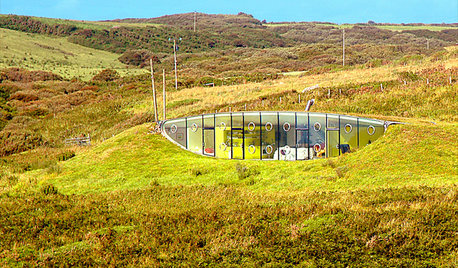
ARCHITECTURE6 Amazing Homes Dug Into the Earth
Designed to disappear or with portions peeking out, these houses bring a new meaning to 'communing with nature'
Full Story
EARTH DAY5 Ideas for a More Earth-Friendly Garden
Consider increasing the size of garden beds, filtering rainwater and using plants to reduce energy use
Full Story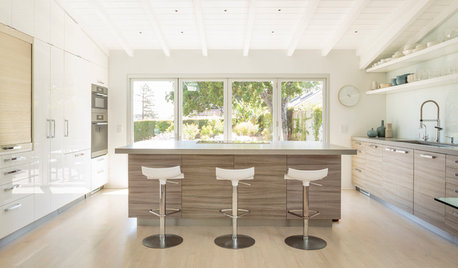
KITCHEN DESIGNNew This Week: 3 Barely There Kitchens
Looking for a kitchen with plenty of storage and an open and airy feeling? Take some cues from these 3 rooms uploaded to Houzz this week
Full Story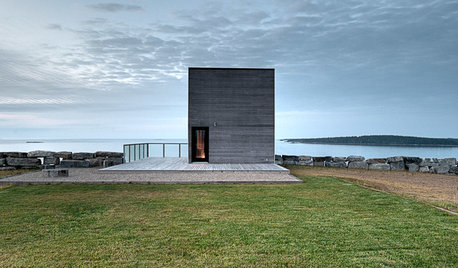
ARCHITECTUREAll the Possibilities: 4 Homes at the Edge of the Earth
Travel to the far reaches of land, where these residences straddle rocky cliffs, leafy lakeshores and choppy inlets
Full Story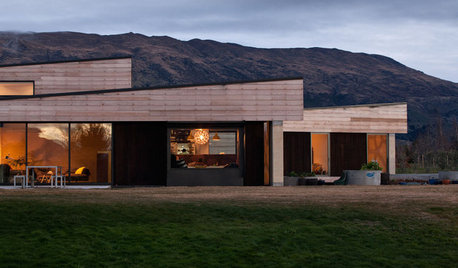
HOUZZ TOURSHouzz Tour: A Rammed-Earth House Built to Brave the Elements
New Zealand architects take on a dual challenge — build a home that feels enclosed and keep it open to sweeping mountain views
Full Story
LANDSCAPE DESIGNLandscaping Tricks to Manage Stormwater Runoff
Help rainwater absorb slowly back into the earth with paving grids, gravel beds and other porous systems
Full Story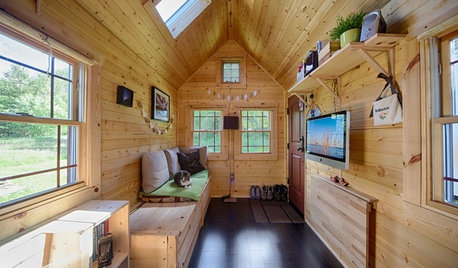
SMALL HOMESHouzz Tour: Sustainable, Comfy Living in 196 Square Feet
Solar panels, ship-inspired features and minimal possessions make this tiny Washington home kind to the earth and cozy for the owners
Full Story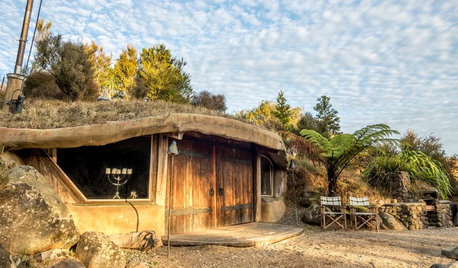
FUN HOUZZWe Can Dream: Hobbit Houses to Rule Them All
Escape the real world and explore your Middle-earth fantasies
Full Story
MOVINGHome-Buying Checklist: 20 Things to Consider Beyond the Inspection
Quality of life is just as important as construction quality. Learn what to look for at open houses to ensure comfort in your new home
Full Story



morpheuspa (6B/7A, E. PA)
SparklingWaterOriginal Author
Related Discussions
New Sod - overseed or pre-emergent?
Q
8 week old sod looking brown
Q
St. Augustine - When is the best time to lay sod?
Q
Raleigh, NC, fescue sod renovation advice needed
Q
danielj_2009
morpheuspa (6B/7A, E. PA)
SparklingWaterOriginal Author
SparklingWaterOriginal Author
danielj_2009
maplerbirch
SparklingWaterOriginal Author
morpheuspa (6B/7A, E. PA)
dchall_san_antonio
SparklingWaterOriginal Author
SparklingWaterOriginal Author
danielj_2009
SparklingWaterOriginal Author
SparklingWaterOriginal Author
maplerbirch
morpheuspa (6B/7A, E. PA)
danielj_2009
SparklingWaterOriginal Author
morpheuspa (6B/7A, E. PA)
morpheuspa (6B/7A, E. PA)
SparklingWaterOriginal Author
danielj_2009
morpheuspa (6B/7A, E. PA)
SparklingWaterOriginal Author
Embothrium
SparklingWaterOriginal Author
danielj_2009
SparklingWaterOriginal Author
SparklingWaterOriginal Author
SparklingWaterOriginal Author
morpheuspa (6B/7A, E. PA)
danielj_2009
morpheuspa (6B/7A, E. PA)
morpheuspa (6B/7A, E. PA)
dchall_san_antonio
SparklingWaterOriginal Author
morpheuspa (6B/7A, E. PA)
BoatDrinksq5
SparklingWaterOriginal Author
danielj_2009
morpheuspa (6B/7A, E. PA)
SparklingWaterOriginal Author
SparklingWaterOriginal Author
morpheuspa (6B/7A, E. PA)
SparklingWaterOriginal Author
morpheuspa (6B/7A, E. PA)
josephene_gw
morpheuspa (6B/7A, E. PA)